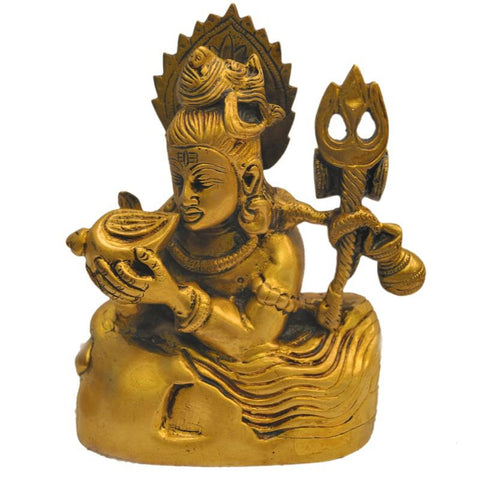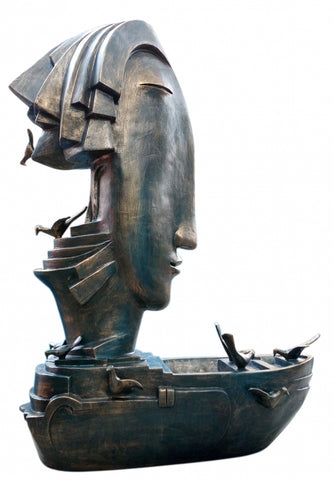Sculptures are a three dimensional artform, given shape and brought to life by various materials and many different techniques. The design of a sculpture can vary from it being embedded on a surface or a free standing object, or even a kind of unseen/unnoticed discovery.
Sculptures as an artform cannot be defined by a particular color, atrial or even form. They mostly have an integrated thought of the artist and are presented in the sense of that. Many times the sculptures and their themes are also context oriented.

Today, many sculptures are also exhibited permanently as installations in various public realms like streets, gardens, and even plazas and malls.
Historically, sculptures were derived out of the human figurines or the figurines of gods and goddesses. Earlier the sculptures held the definition of having a specific figure or a recognizable and sensible form, something that everyone could relate to. But today, the lines have blurred and sculpture as an artform does not follow all the rules of the previous ages and eras.

The sculptures today, have become more abstract and explore variety of materials and themes. They are also used to serve a message, and sometimes even to usher a prolific communication. It is an art that grows and changes continuously, it also challenges the notion of the other forms of art and keeps the current flow in art also going.
Certain standards and the features that were prevalent in the previous times, do not remain anymore and the times have seen changes across the globe.
Today, with the changes in mindset and also the environment, many artists also use “found” materials to create the art. Using recycled materials like paper, plastic, steel or even construction waste at times have been manifested into sculptures.
From being representational and contextual, to utterly new concepts of abstraction, sculptures have seen a myriad history and have regarded and brought up a scenic and visual tour of the history.

Many times it is through sculptures that one gets to understand and learn of what went by and what is. They show us the lifestyle of the era that went by, the ornamentation, the clothes, and somehow also showcasing the various systems that existed.









